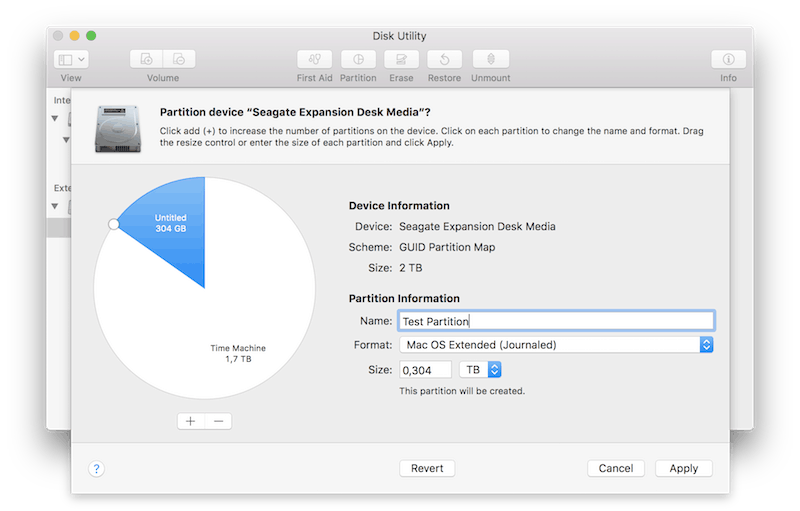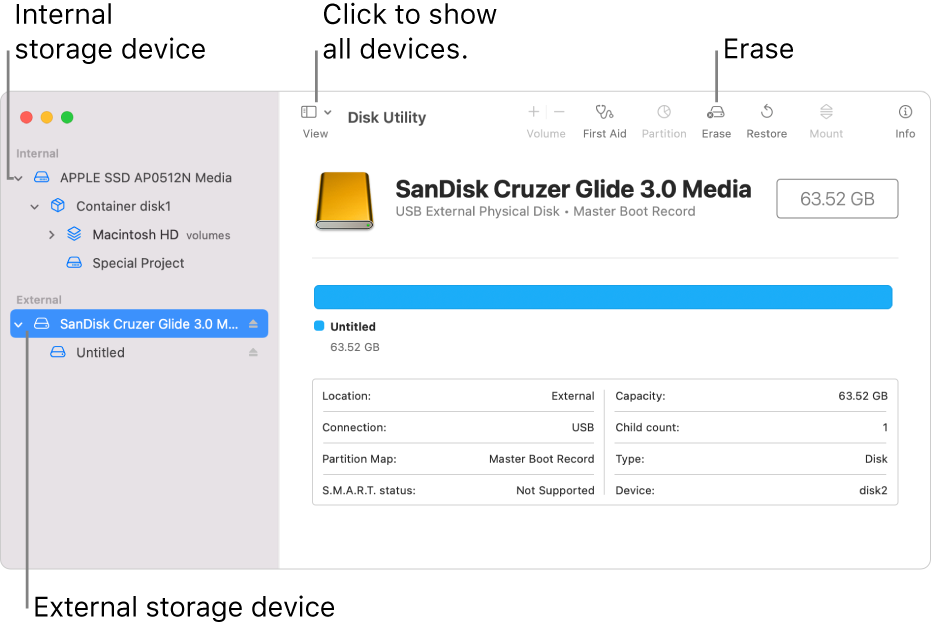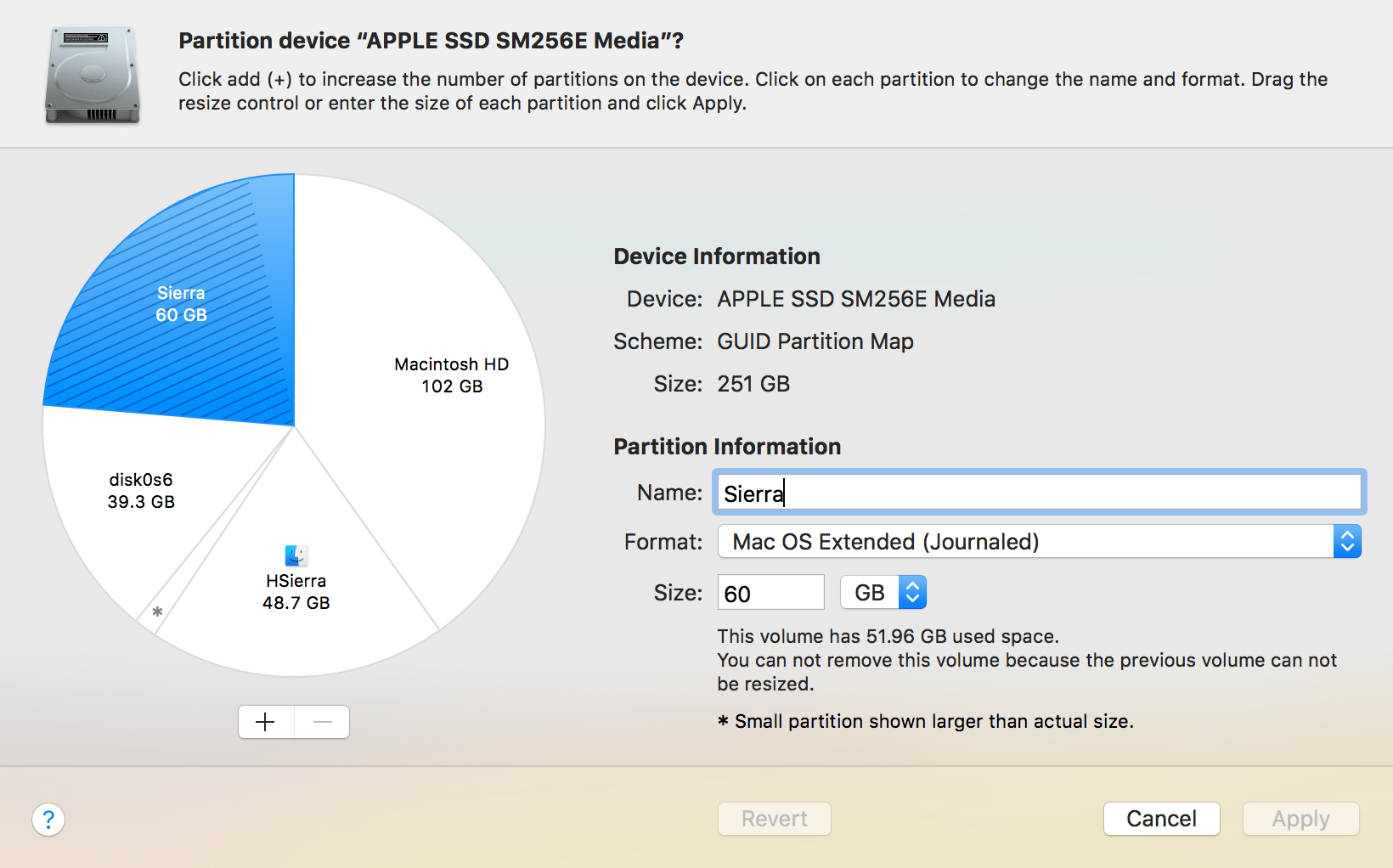
This is where the Secondary GPT Header can help, provided that doesn’t have the same error.įirst Aid also checks the one mandatory partition which is required on all macOS disks, its EFI System Partition, together with any booter partitions, and any used by Core Storage. For example, if the start and end locations of two partitions overlap one another, there’s clearly an error but no simple way to determine what should be the correct values. Errors in these may not be repairable, at least not without risking data loss. When First Aid checks the partitioning scheme, it works through each of these in turn to ensure that the list of partitions appears correct, and that the location of each partition appears correct. Those entries specify the type of partition using a GUID/UUID, give each its own unique GUID/UUID, give the start and end locations of that partition, its attributes, and name.įollowing the header and its list of entries are the partitions themselves, each containing file-system specific data. In the header, there’s an initial block containing information about the storage as a whole, followed by an entry for each partition. This header is repeated at the end of the storage, as the Secondary GPT Header, which should of course remain identical at all times. Near the start of the storage is a Primary GPT Header, which contains the table which maps out where the partitions are on the disk. The scheme now used universally for macOS is the GUID Partition Table, shown diagrammatically below with the start of the storage at the top.

Conventional usage refers to these as partitions, but in APFS they are also known as containers. This divides the available storage into large contiguous blocks which can then be used to contain file systems, which deal with individual files and their structure into folders or directories. At the top level of the disk is the partitioning scheme. Whatever the type of storage, whether hard disk or solid-state, its space needs to be organised so that it can store files and metadata. You may see it report items likeīut what exactly is the partition list? If there are problems with it, what do they mean, and what might I see as a result? If Disk Utility can’t repair those problems, what can?
Mac disk utility partition scheme series#
This is the first in a series of three articles looking at the internals of Mac file systems, the parts that Disk Utility refers to when it runs First Aid on them. Pick the drive and then navigate to File > New Image > Image From.

And, you can even use disk image feature to copy an entire partition. The Restore function helps you to copy one volume to another. Procedure to Copy Drives using Disk Utility: – And, wait until the process gets completed. Select the drive and hit “First Aid” button. Guide to Repair a Partition using Disk Utility:įirst Aid function will help you to check the file system for errors and tries to correct them. Click on “Security Options” to choose the number of passes to overwrite the drive with.Select the drive and then click the “Erase” button.Steps to Wipe a Partition using Disk Utility: – Note: In any case, you lose data during repartitioning procedure, make use of Remo Recover Mac to get back data lost after repartitioning in few clicks.

Mac disk utility partition scheme how to#


 0 kommentar(er)
0 kommentar(er)
